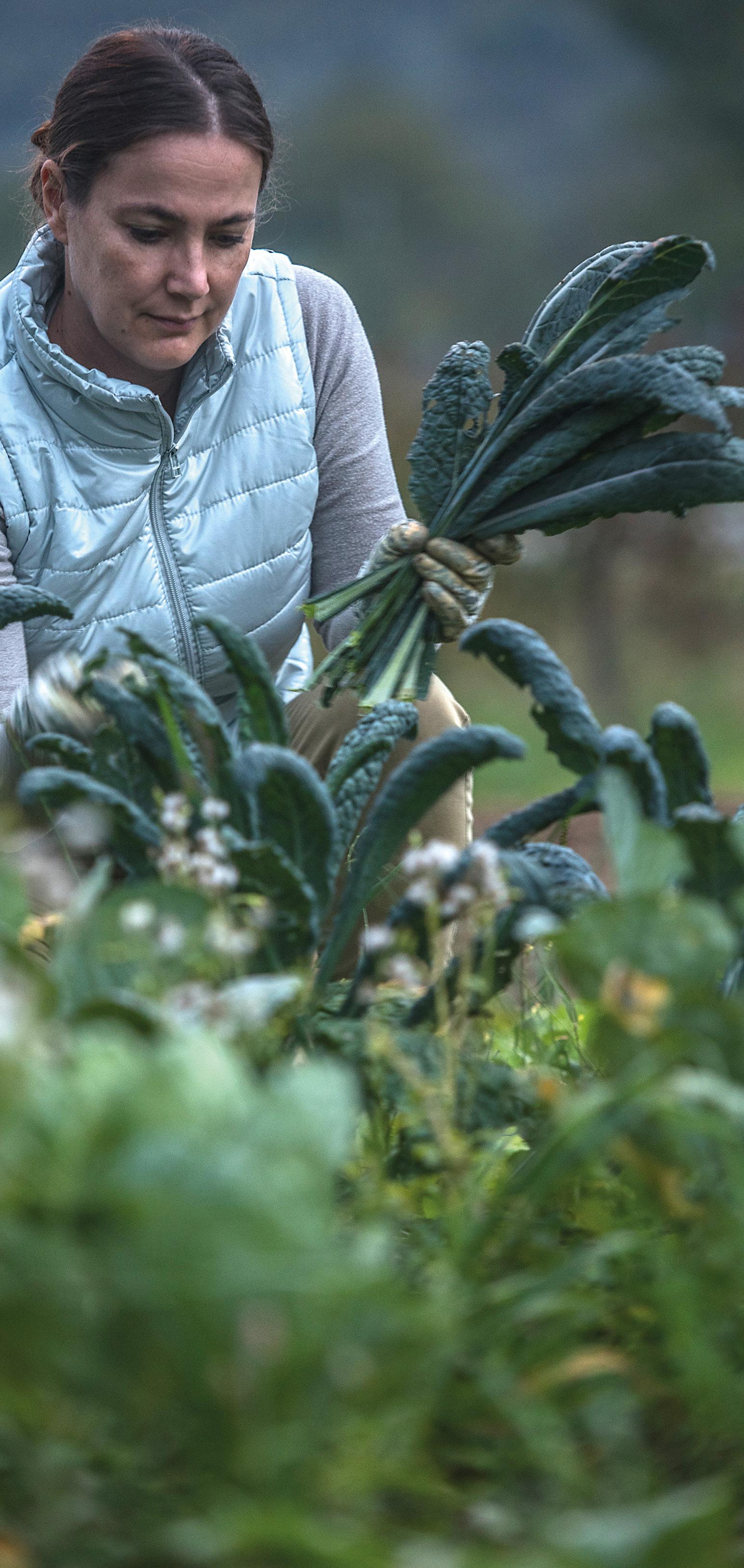
5 minute read
PERPETUAL GREENS
It’s that time of year again – the perfect season to sow a few seeds and get some edible greenery going to see you through the summer.
These vitamin-packed veges are known as perpetual greens due to their ability to keep producing even while leaves have been picked from them. Non-hearting, these plants continue growing, sucking up moisture and nutrients from the soil.
Perpetual greens can be grown in containers or even on a patch of weeded and tilled ground. They don’t require any special attention and can grow for many months, depending on the season.
PERPETUAL SPINACH
This spinach is reportedly easier to grow than standard spinach. It’s the one you can buy as ‘baby spinach’ at the supermarket. Technically, it is a type of chard, like silverbeet, however it’s named a spinach due to its similar flavour to true spinach. As with most plants, it does best in fertile soil and full sun. However, you can also plant it in shady areas where soil is poor, as it is very forgiving.
Growing: Sprinkle a few seeds in a pot or straight into your garden and then sprinkle soil lightly over. Water lightly.
Picking: Allow a few leaves to get the plant started, then you can begin harvesting the outer leaves. Never completely strip a plant.
Eating: Sandwiches, salads, stir fries, smoothies, and fry ups, with poached eggs.

KŌKIHI NEW ZEALAND SPINACH
Native to eastern Asia, Australia, and Aotearoa, this plant has been growing wild on our coastlines for centuries. Kōkihi is a low-growing, leafy plant that can spread to half a metre. It is another one that isn’t a true spinach but tastes very similar and can be eaten raw or cooked just like the real stuff. It does beautifully in sunny, hot, dry conditions, and you might’ve even seen it growing on stony beaches.
Kōkihi is jampacked with goodness, being a source of calcium, vitamin A, vitamin E, vitamin K, iron, manganese, folic acid, B vitamins, phosphorus, riboflavin, and vitamin C.
Growing: Just press a couple of seeds slightly into the soil, cover lightly with soil, then water.
Picking: Pick the youngest leaves, which will encourage the plant to grow more voluminously.
Eating: It is best suited for lightly cooked preparations. Before adding to recipes, it is recommended to soak the greens in cold water for half an hour or blanch them to reduce the oxalates in the leaves.
Warning: Oxalates are organic compounds produced by many plants, including rhubarb. The general consensus seems to be that oxalates are fine for most people in moderate amounts. However, if you have gout, kidney trouble, rheumatoid arthritis, or some other condition that makes oxalates dangerous for you, then you should avoid foods that contain them. If you are worried, check with your doctor. (Taken from The Forager’s Treasury by Johanna Knox.)

OAKLEAF LETTUCE
With tender leaves, the oakleaf lettuce has a mild sweet flavour. Its soft buttery leaf resembles an oak leaf, and these are formed in a loose rosette – perfect for taking as much or as little as you need. Oakleaf lettuces come in two different colours – green and ‘red’, which is a green/bronze variety.
Growing: Start your seeds in a tray or six-pack pot. The seeds are tiny, so only top with a light dusting of potting mix/seed raising mix or soil. Water lightly every few days until the plants are large enough to transplant to a larger pot or garden.
Picking: Wait until the plant has reached a good size, then start pulling off the outer leaves, ideally in the morning while still dewy.
Eating: Use the oak leaf lettuce as you would any other lettuce in sandwiches and salads.

KALE
There are many types of kales, some yummier than others. Curled, American, Italian, and Russian are the most common. Russian kale is slate green in colour, with dark purplish stems and is cold-hardy. The Italian, Cavalo Nero, is tall with a dark green leaf and is delicious steamed.
Kale contains fibre, antioxidants, calcium, vitamins C and K, iron, and a wide range of other nutrients. It also contains nutrients that can support eye health, weight management, heart health, and more.
Growing: Either in seedling punnets or even straight into the soil, kale is a very forgiving plant and will put up with almost any conditions. Once the plants start to ‘bolt’ (grow too quickly, get leggy, and suddenly grow a seed head), you can allow it to scatter its seeds and will end up growing some babies. Kale is excellent for this.
Picking: The younger leaves are soft enough to be eaten raw. The larger leaves benefit from being cooked into curries and stir fries, and the Russian type make excellent oven ‘chips’.
Eating: Like spinach and chards, kale can go into almost any meal, cooked or raw. Baby leaf kale and Cavalo Nero are particularly delicious raw in salads.










